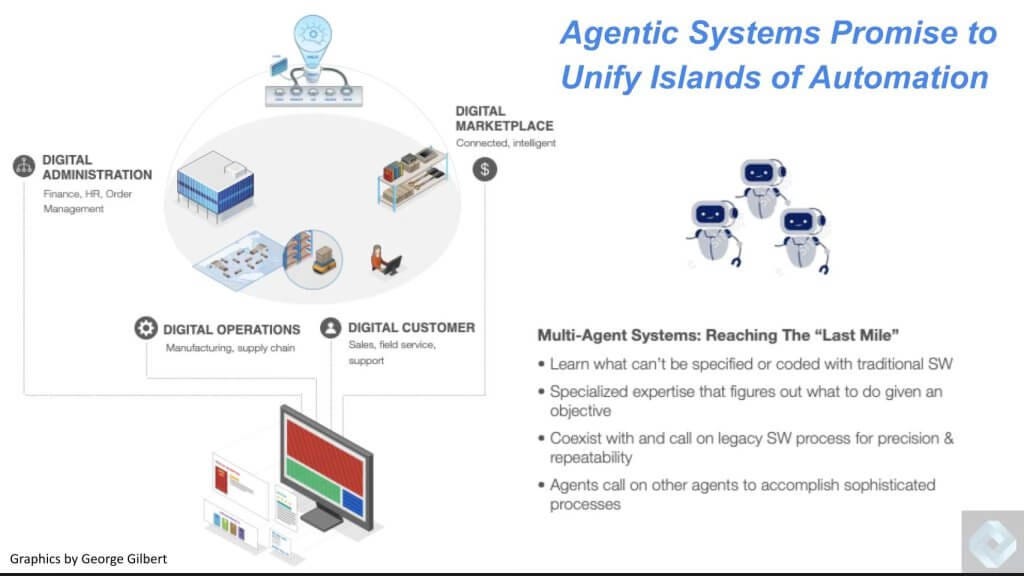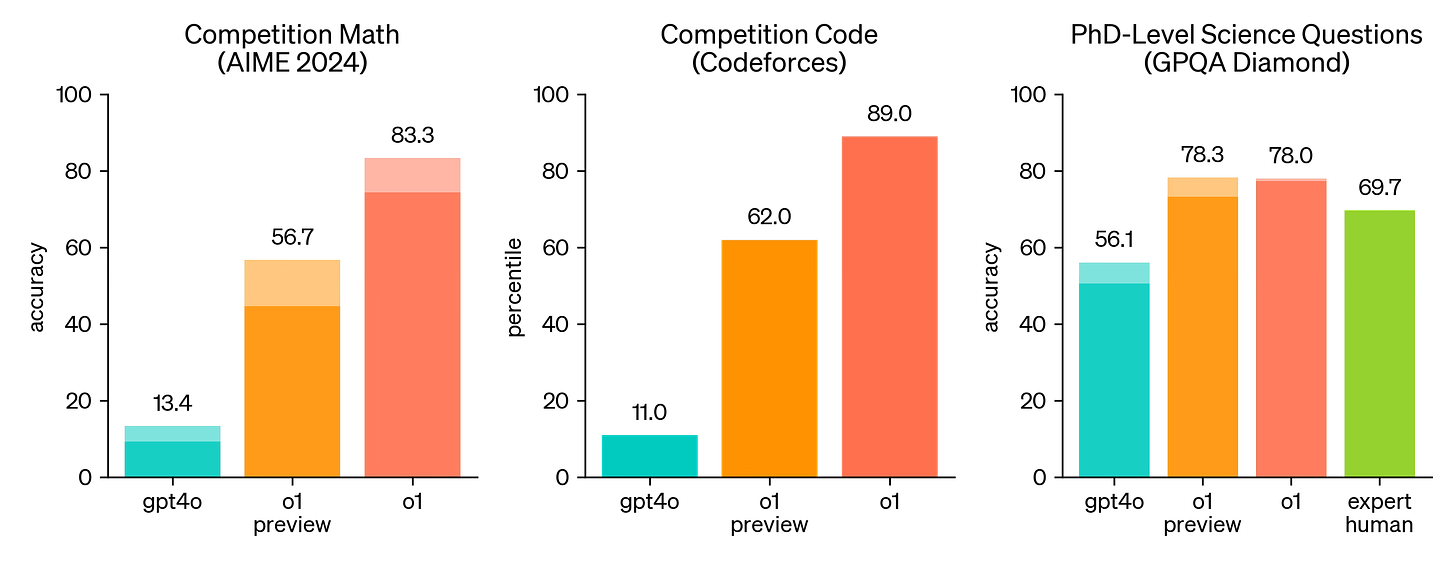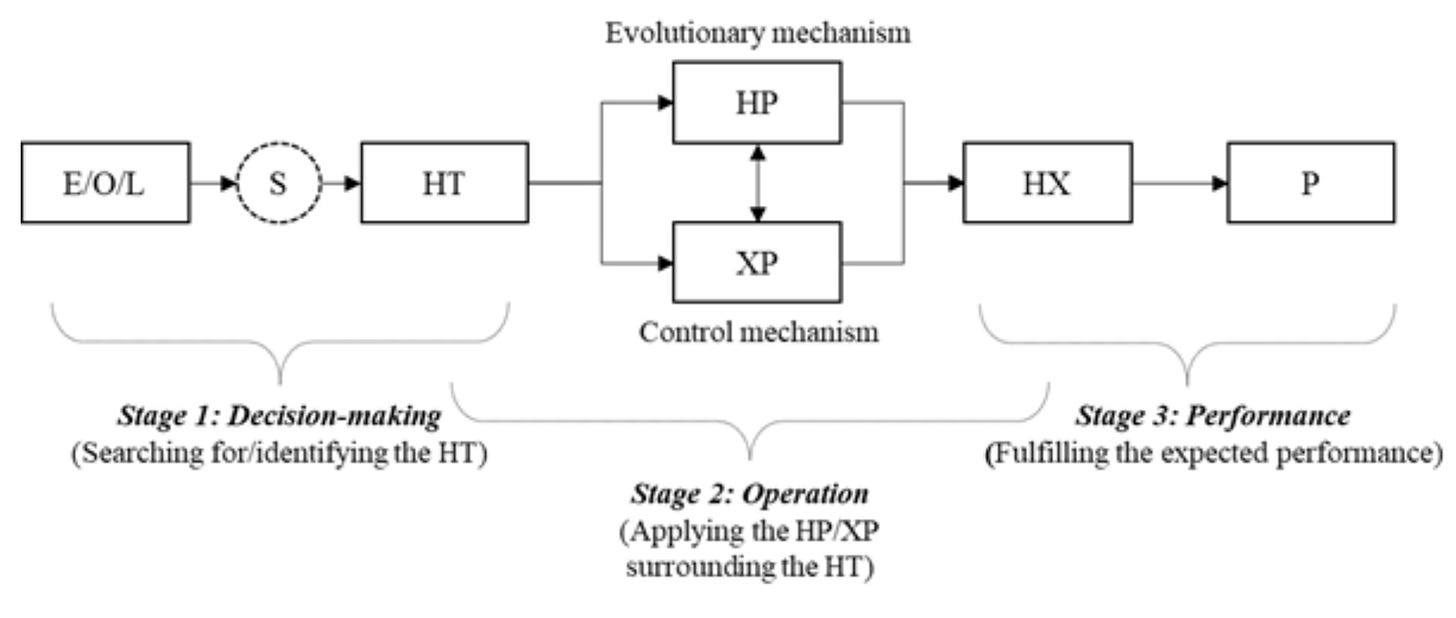Connected experiences require a connected company. We help accelerate your digital capability development to improve agility, adaptability & autonomy.
We typically work with…
Senior leadership teams on leading change in the digital age and setting digital capability targets
CIOs and technical leaders to accelerate digital adoption and develop digital workplace platforms
L&D and talent teams to spread the skills and competencies needed in the hybrid world of work
Transformation teams to help grow digital movements and accelerate distributed change
Team leads & function heads to address the challenges of building a more agile, adaptive organisation.
Example Projects
Recent Articles
AI Reasoning Is Cool, But First How Can We Tackle Organisational Debt?
The excitement around what AI will mean for organisations and the new world of work continues its exponential growth, but it seems AI readiness and adaptation within organisations is still on a shallower linear growth path. I hesitate to widen this gap by focusing too...
AI Could Redefine Enterprise Systems, But Where Do We Begin?
With successive waves of technology innovation and adoption, the initial applications tend to be those that make our current ways of working slightly better, and we measure their success in terms of marginal cost reduction or productivity improvement. Sometimes, like...
Strawberry (Da)Queries, Machines and Possibilitarianism
Strawberry (da)queries are more sophisticated than single shot prompts The big news in GenAI this weekend was the launch of GPT o1-preview, aka Strawberry, which is capable of limited reasoning and thinking through problems from different angles before trying to solve...
Asking Better Questions
Two very impressive demonstrations of GenAI capabilities have caused a stir in recent days, and they both challenge our assumptions and precepts about the art of the possible. Playing the classic video game DOOM on devices is the new ‘Hello World’ of programming, and...
Visibility and Legibility in the Connected Company
One overlooked benefit of AI and smart technology is its potential to solve the problem of coordinating work and related communications in large, complex organisations. We have studied better alternatives to the cascading hierarchy for decades, and in the hands of...
Don’t Let the AGI Soap Opera Overshadow the Practical Applications of Enterprise AI
I ran a small GenAI teaching experiment last week, asking 9 groups of South African executives to develop detailed customer personas for a finance product through dialogue with Anthropic's Claude LLM. The results were genuinely interesting, and some groups were able...










